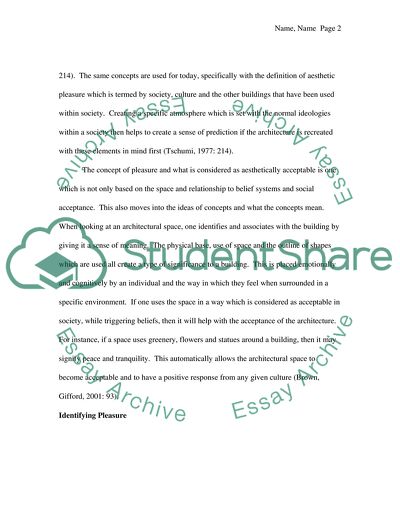Cite this document
(The Architects Mindset Dissertation Example | Topics and Well Written Essays - 2750 words - 1, n.d.)
The Architects Mindset Dissertation Example | Topics and Well Written Essays - 2750 words - 1. Retrieved from https://studentshare.org/architecture/1751962-the-pleasure-of-architecture-bernard-tschumi
The Architects Mindset Dissertation Example | Topics and Well Written Essays - 2750 words - 1. Retrieved from https://studentshare.org/architecture/1751962-the-pleasure-of-architecture-bernard-tschumi
(The Architects Mindset Dissertation Example | Topics and Well Written Essays - 2750 Words - 1)
The Architects Mindset Dissertation Example | Topics and Well Written Essays - 2750 Words - 1. https://studentshare.org/architecture/1751962-the-pleasure-of-architecture-bernard-tschumi.
The Architects Mindset Dissertation Example | Topics and Well Written Essays - 2750 Words - 1. https://studentshare.org/architecture/1751962-the-pleasure-of-architecture-bernard-tschumi.
“The Architects Mindset Dissertation Example | Topics and Well Written Essays - 2750 Words - 1”, n.d. https://studentshare.org/architecture/1751962-the-pleasure-of-architecture-bernard-tschumi.


